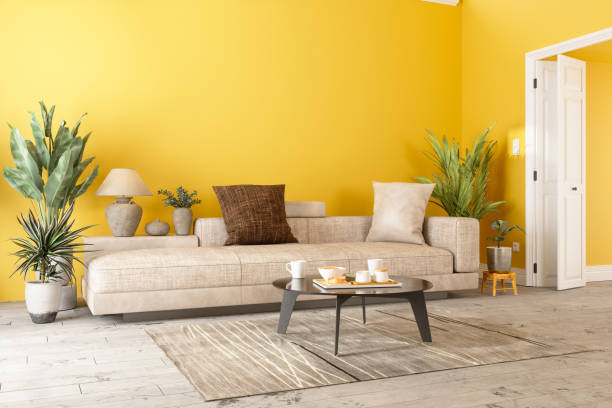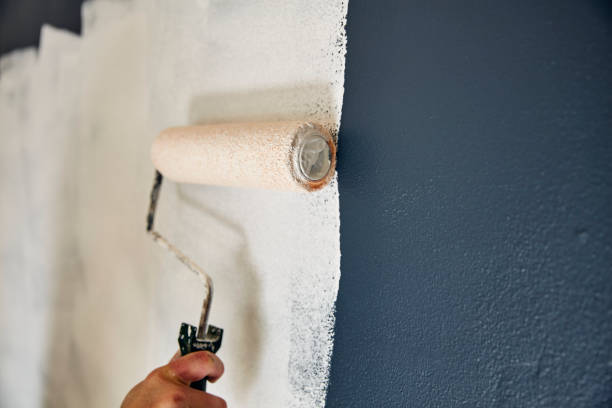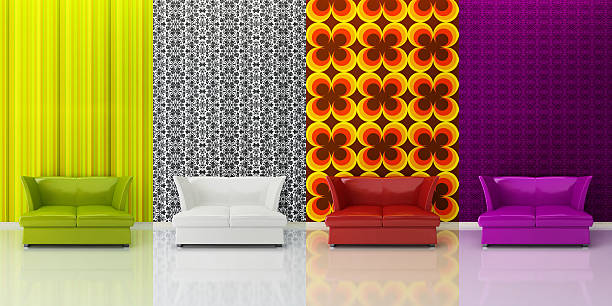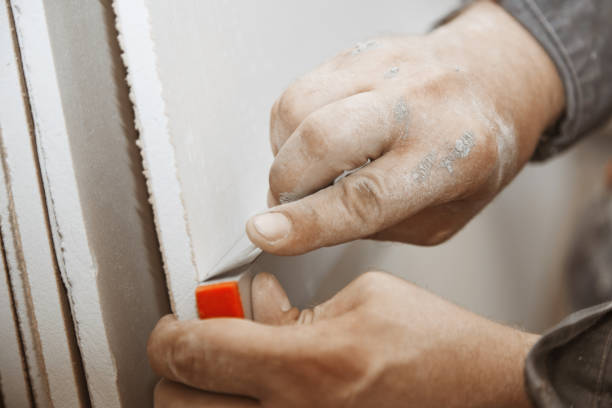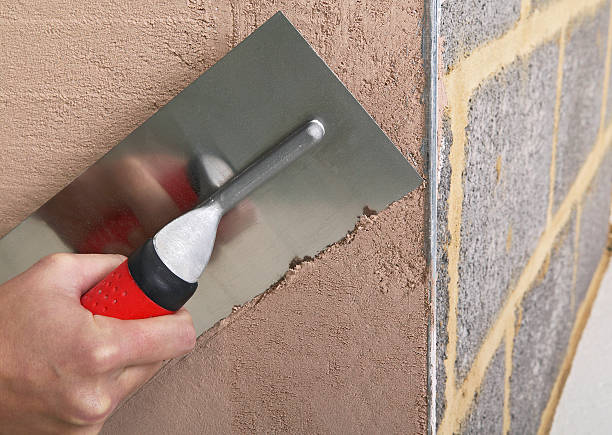3 Innovative types of ceilings to remodel your home
Let’s talk about ceilings! Yes, we know, it’s not the most exciting topic out there, but bear with us. Ceilings, also known as cielo raso, serve an important purpose in interior design. They cover unsightly wires, pipes, and structural elements. They also help to acoustically insulate rooms and create a finished look. The concept of cielo raso dates back to ancient times. The ancient Egyptians used palm fronds to create false ceilings in their homes. Fast forward to the 1950s, and acoustic ceiling tiles became popular in commercial spaces. People soon realized that they could use them in their homes too, and thus began the era of suspended ceilings. Today, we have a variety of innovative ceiling options available. From suspended ceilings to PVC and wood paneling, the possibilities are endless. In this blog, we’ll discuss three such innovative types of cielo raso. Let’s get started!
Suspended ceiling
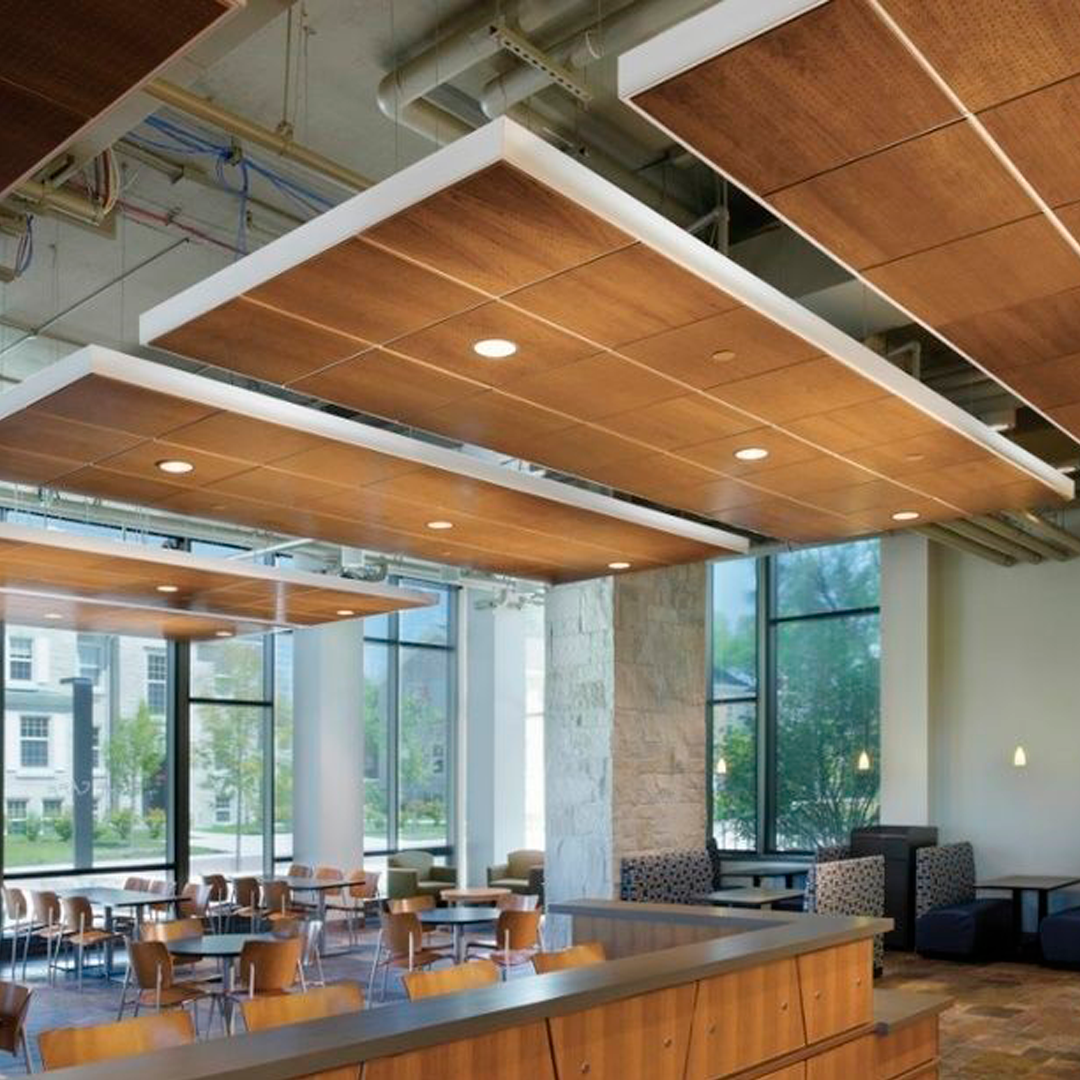
Want to add bright ambient lighting to your home without cluttering it with lights? The suspended ceiling is your safe bet.
Suspended Ceiling Advantages:
Not only does this technique help you add bright lights to your home, but it can also be customized to fit any theme. Suspended ceilings can improve the acoustics of your home, thus decreasing the amount of echo inside the rooms. The best part is that you can hide any electrical wiring, allowing you to have an uncluttered and clutter-free environment.
Materials used in the suspended ceiling:
Gypsum and steel are the two main materials used for suspended ceilings. In addition, you can also find mineral fiber and metal ceilings. Depending on your needs and budget, you can choose the material that best suits your home and its appearance.
Limitations of Suspended Ceilings:
Like all design techniques, suspended ceilings also have their own limitations. The ceiling height has to be high enough so that the suspended ceiling does not cause a cramped space. In addition, suspended ceilings also tend to be more fragile than conventional ceilings, which means you will have to take more care of them.
All in all, suspended ceilings are an excellent choice if you want to add innovative lighting to your home. Now that you know all about suspended ceilings, let’s move on to learn about PVC ceilings.
PVC Ceilings

First, let’s look at the definition of ceiling. The ceiling is the surface at the top of a room, extending from the walls to the ceiling. It is important because it can protect the ceiling from moisture and dirt, while it can also improve the acoustics and lighting of the space.
Ceilings have been around since ancient times, the Romans used wood instead of thin slabs to decorate and support their ceilings and the Egyptians used gold and faux gold to decorate their wooden structures. Now, we must focus on modern solutions to add a touch of glamour to our room.
PVC Ceiling Panels
Looking for a practical and low-cost option? Don’t want to compromise on quality and style? Then PVC ceiling could be the perfect option for you.
PVC options come in different designs and textures, giving a surprisingly convincing look to real wood and natural stones. From laminate finishes, smooth textures and pearlescent finishes, with a PVC ceiling, you can let your imagination run free.
Materials used in PVC Ceiling Panels
The material used to make a PVC ceiling is lightweight, durable, moisture and rot resistant, making it ideal for rooms that experience constant fluctuations in temperature and humidity such as bathrooms and kitchens. In addition, it requires little to no maintenance after installation, which means homeowners don’t have to worry about additional costs.
Advantages and Disadvantages of PVC Ceilings
PVC ceilings come with a wide range of advantages, including ease of installation (it can be placed directly over an existing ceiling), they are strong and durable, they are fireproof and water repellent, unlike wood, which is combustible and experiences problems with rotting and warping.
On the other hand, PVC ceilings can be less attractive and add less property value compared to wood ceilings, and PVC materials are not biodegradable, which can exacerbate environmental problems.
Wooden Ceiling
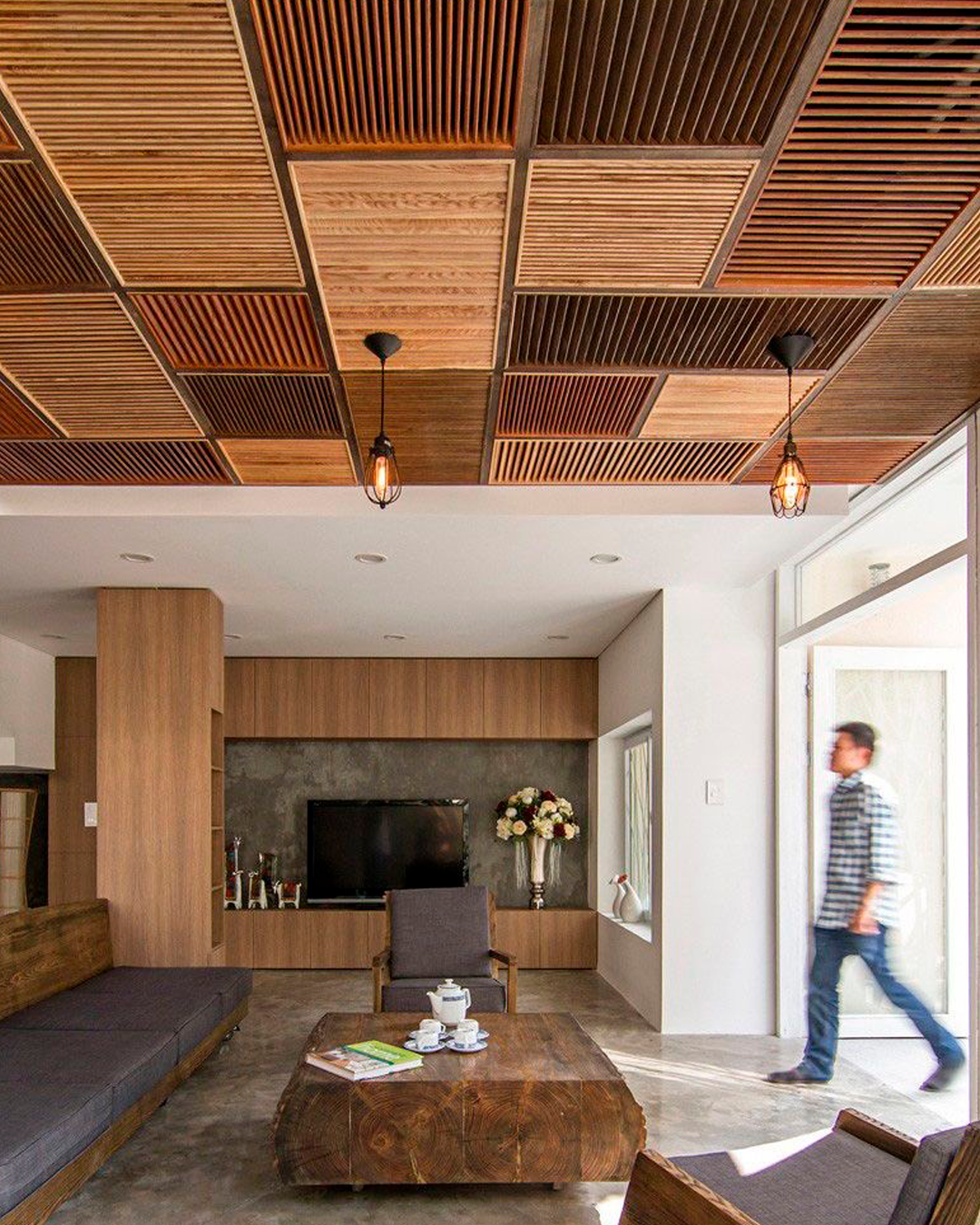
When it comes to choosing materials for the ceiling, wood is definitely a timeless choice. Wood gives any room a warm and inviting look, making it a popular choice for people who want a cozy and comfortable atmosphere. There are different types of wood that you can use for your ceiling, each with its unique aesthetic appeal. Some popular choices include oak, pine, cedar, and mahogany. Oak is robust and has a striking grain pattern, while Pine is lightweight with an attractive knotting pattern.
Cedar, on the other hand, has a natural aroma that repels insects, making it an excellent choice for outdoor ceilings. Lastly, Mahogany has a rich, deep red color that adds an elegant look to any ceiling. One of the advantages of using wood for your ceiling is the striking beauty it adds to your space. Wood gives your room a natural and inviting atmosphere that is unmatched by any other material.
Additionally, the durability of most wood types ensures the ceiling lasts for decades. However, there are some downsides to using wood. The cost is relatively higher than most materials. Wood is susceptible to moisture, so the ceiling may warp or rot if exposed to moisture for a long period. Additionally, if not adequately treated, the wood could be home to insects like termites. Despite the downsides, wood remains a favorite material for ceilings, and with good reason. With proper maintenance and attention, it can last a lifetime and give your room a warm and welcoming feel. So if you’re looking to add a touch of nature to your ceiling, wood is an excellent option to consider.

